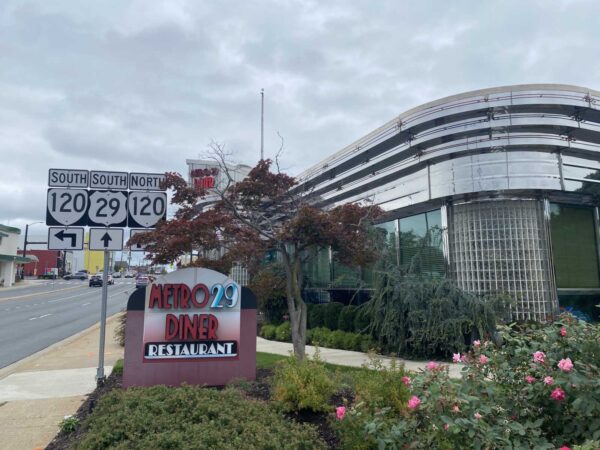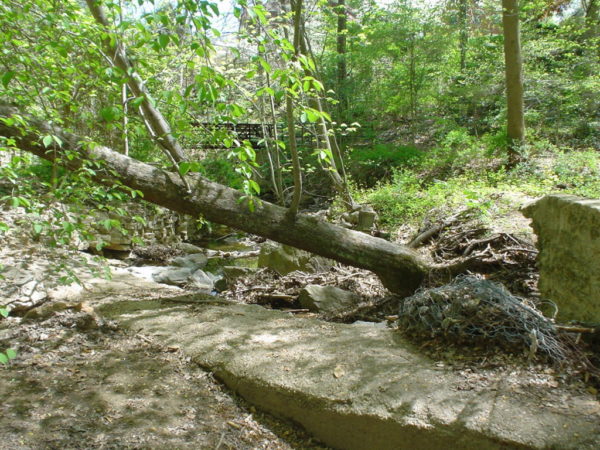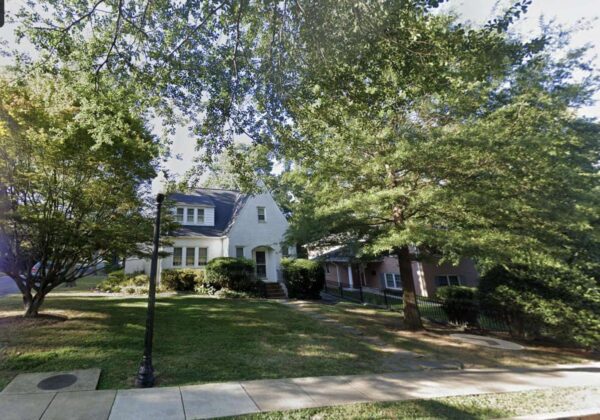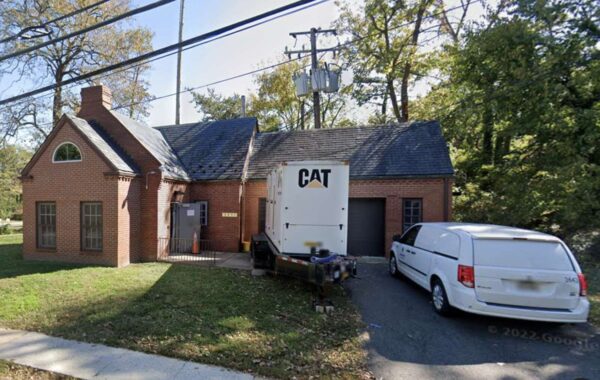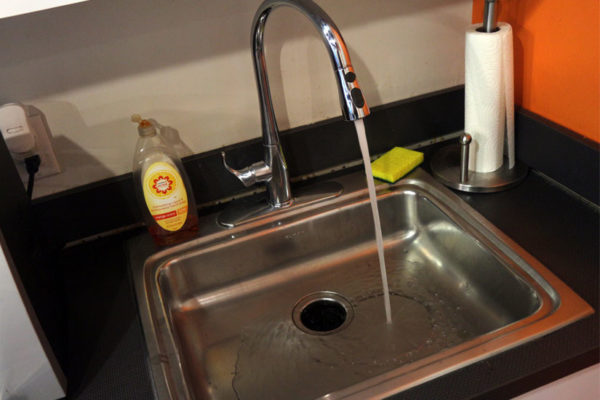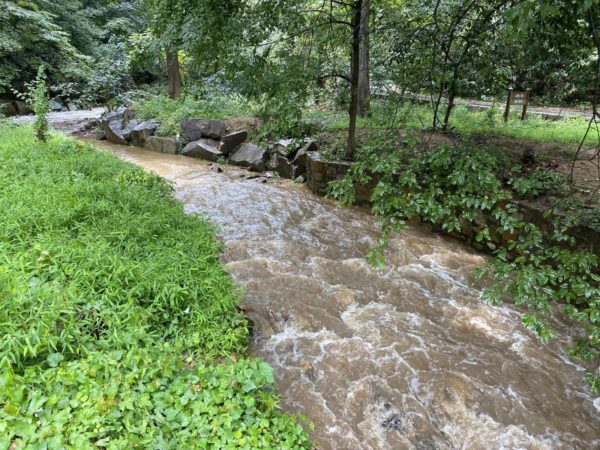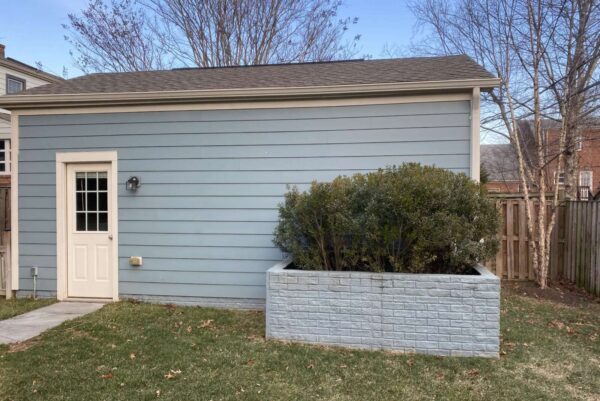Get ready for a hint of chlorine in your tap water beginning next week.
Starting this coming Monday, March 25, and continuing until May 6, the Washington Aqueduct, the main water source for Arlington, D.C., and parts of Fairfax County, will temporarily change its disinfectant from chloramine to chlorine.



